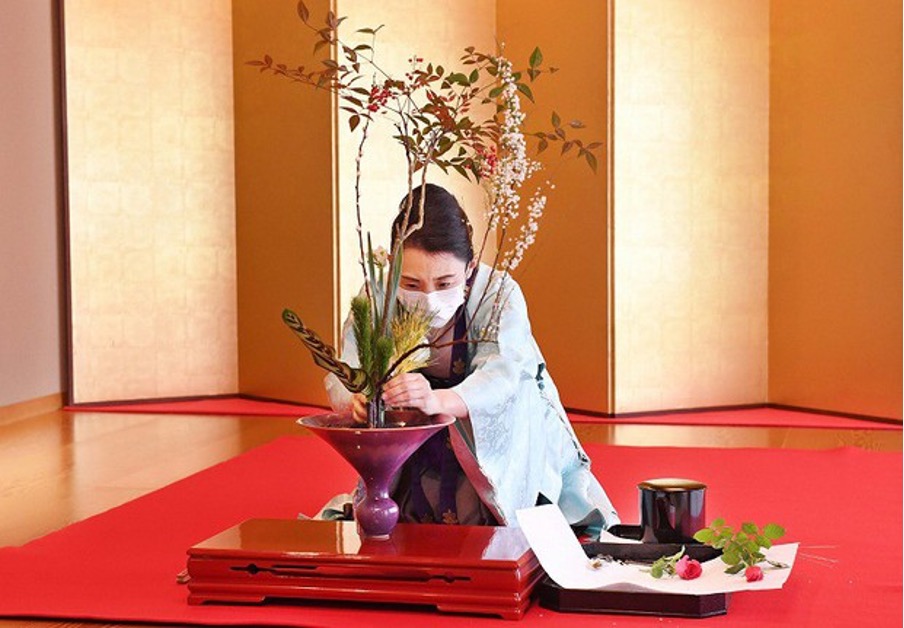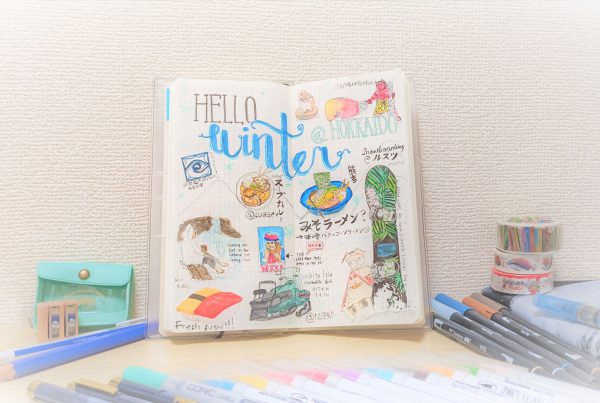Did you know that Ikebana is much more than just placing flowers in a vessel?
According to Japanese people creating an Ikebana arrangement is a way to connect with nature, admire its beauty and appreciate its most delicate details. In contrast to western habits, Japanese Ikebana is usually done in silence and helps clear the mind and express emotion. In the past, all major Japanese generals mastered this art and found it helpful to take more balanced decisions.
The meaning and history of Ikebana
In Japanese, Ikebana (生 花) means fresh flowers. This Japanese art of flower arranging has been described as being more subtle, more sensitive, and sophisticated than the flower arranging methods commonly used in other cultures. This is because ikebana is an art in Japan with a long history and tradition.
You may already know that in Japanese culture, plants are an integral part of the Shinto religion. Moreover, there is a long tradition of appreciating seasonal varieties. Many were given special importance, and flowers and plants were usually left as a welcome gift to the kami, the spirits worshiped in Shinto.
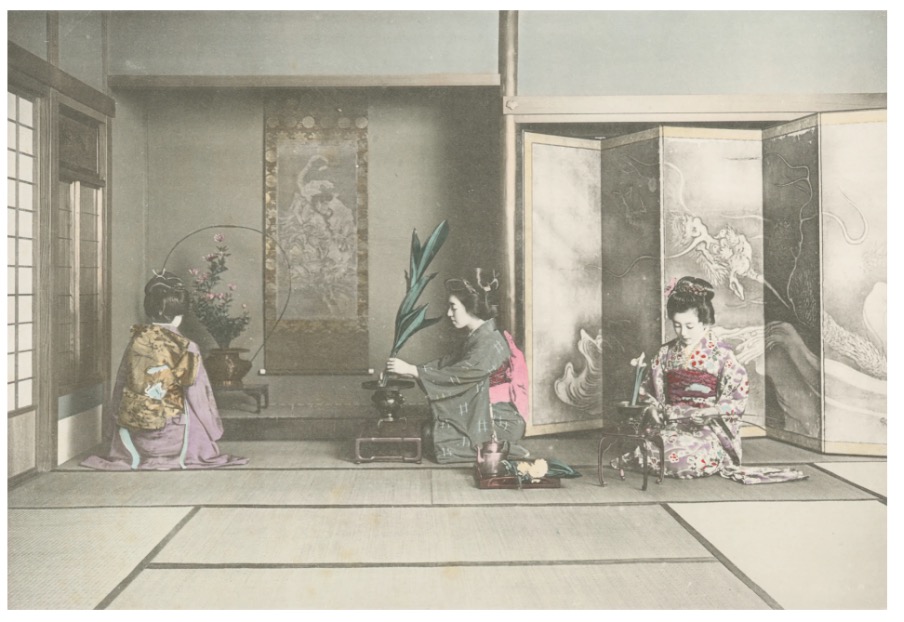
“The Ikebana, or Flower Arrangement, One of the Aesthetic Arts of Japan.” The New York Public Library Digital Collections, 1910 – 1919. Image via Unsplash
Ikebana was developed as a Buddhist expression of the beauty of nature in the 7th century, and over the centuries, these floral offerings acquired an elaborate form. From the 8th to 12th centuries (Heian times), sending poetry attached to a flowering branch was common to express admiration and sentiment.
But with the ascendency of the samurai class from the 14th century, feudal lords gained stature and supremacy, and they wished to display their wealth and power. The first elements were built in their homes to display suits of armor. Still, once the nation’s unification was established and peaceful times arrived, art objects, including flower arrangements, began to be shown.
Contemporary Ikebana
Today, Ikebana is visual art that uses plant materials in a wide variety of forms. The concept and style of classic flower arrangements continue to be essential, and however modern tastes have led to the use of various materials not previously used in Ikebana. But, depending on the materials, it is necessary to use artistic judgment to correct and restore the established structures.
Anyone who practices Ikebana these days knows very well that building relationships between materials, art elements, composition-people, and composition-space is the essence of the practice.
"Ikebana is not just about sticking a flower into a vase:it is about the love and need of the artist to create beautiful forms...Ikebana is not just about flowers, it is about the person who arranges them."
Sofu Teshigahara, Founder of Sogetsu School
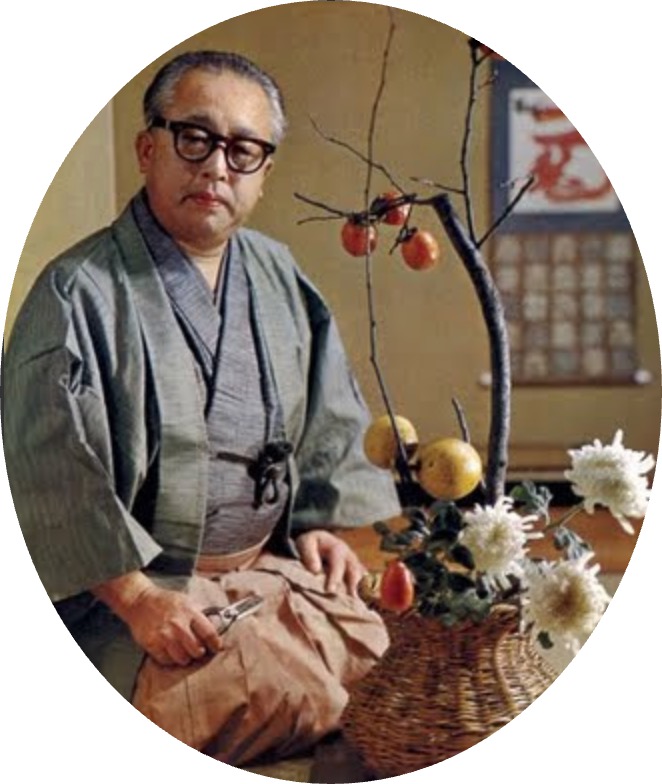
Principles of Ikebana
After many decades, Ikebana has become an art form that is associated with a meditative quality. It is a spiritual process that helps one develop a closeness with nature and merge the indoors and outdoors, is to learn to appreciate certain things that people usually ignore.
Seasoned designers believe that creating an arrangement is supposed to be done in silence to allow you to observe and meditate on the beauty of nature and gain inner peace. But at the same time. This ties into other principles of Ikebana, including minimalism, shape and line, form, humanity, aesthetics, preserving life, negative space, harmony, asymmetry, seasonality, local belonging, and balance.
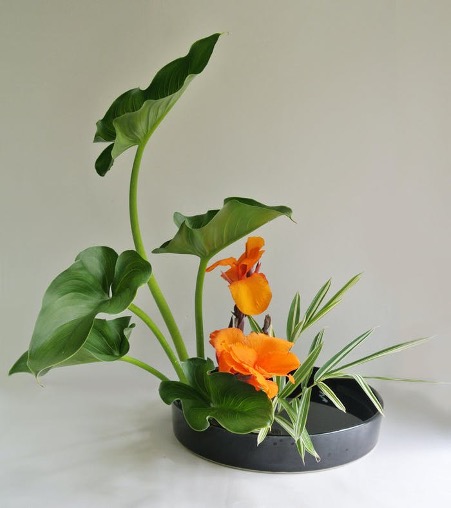
Image and text via BIOPHILIC DESIGN
“Ikebana is a treat for both eyes and mind. It perfectly illustrates the fascinating essence of Japanese culture, rooted in respect, precision and zen. It also gives a whole new meaning to flower arrangements, pursuing the same underlying objective of biophilic design: inviting people to connect to nature on a much deeper level.”

